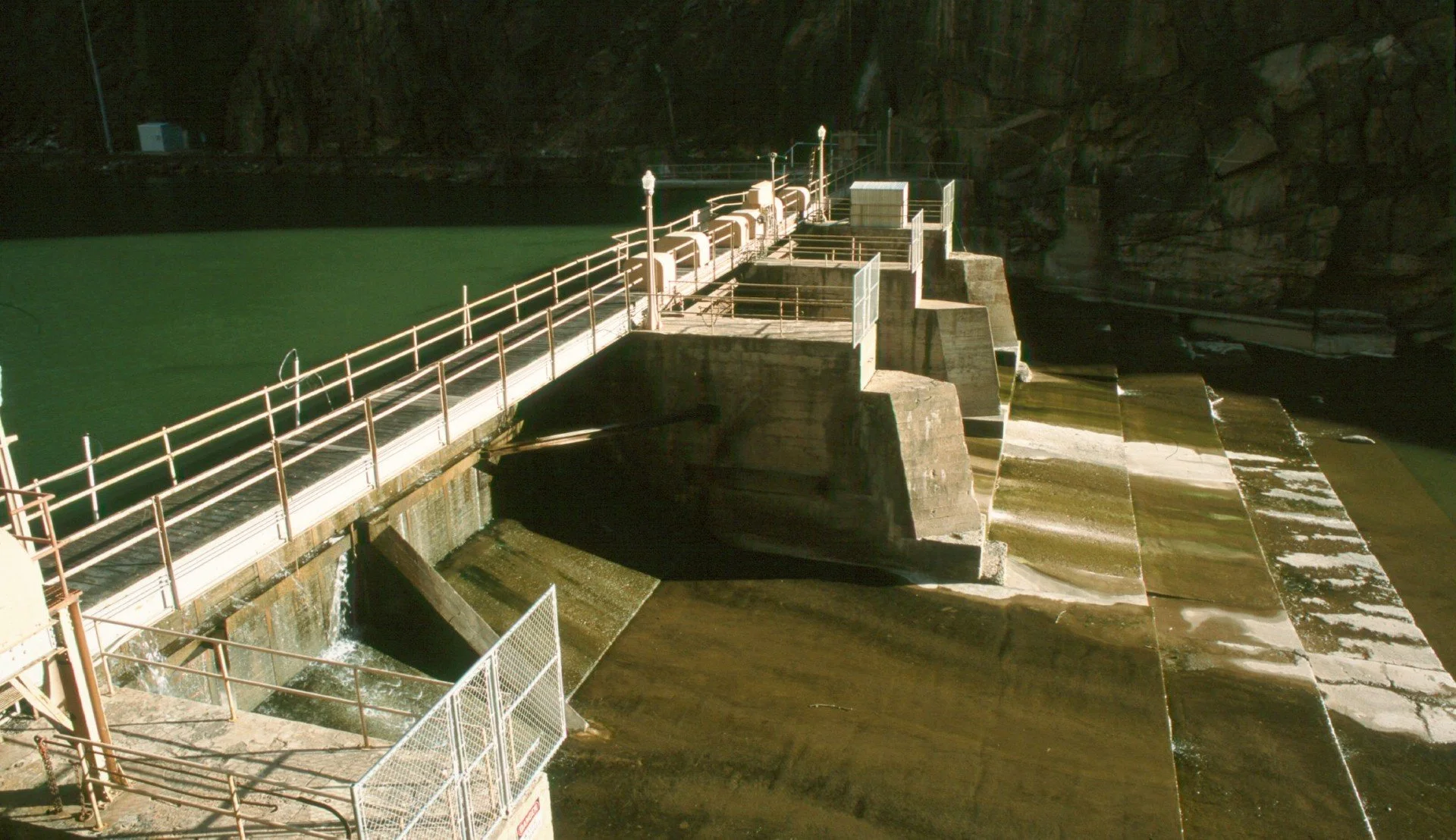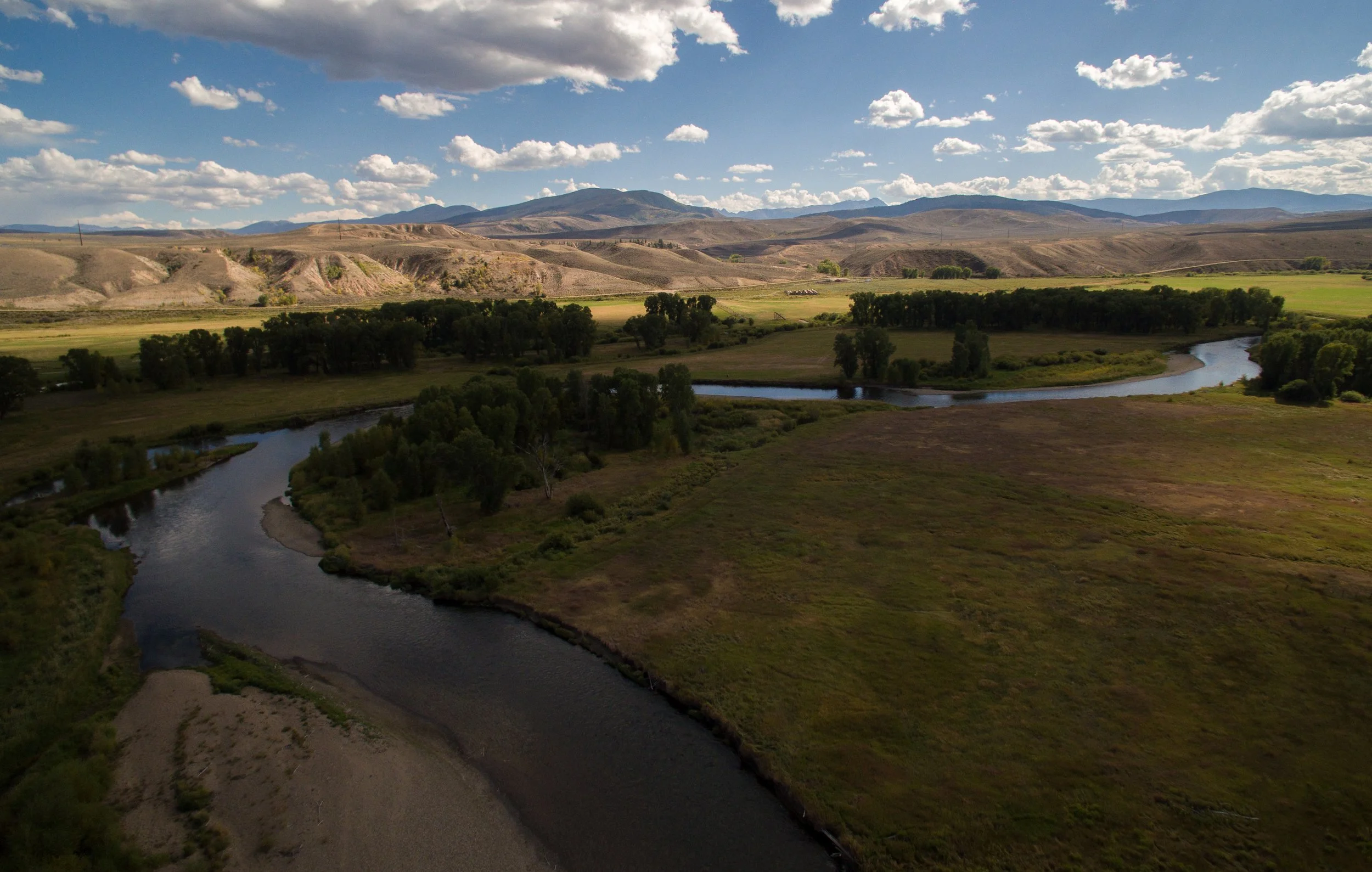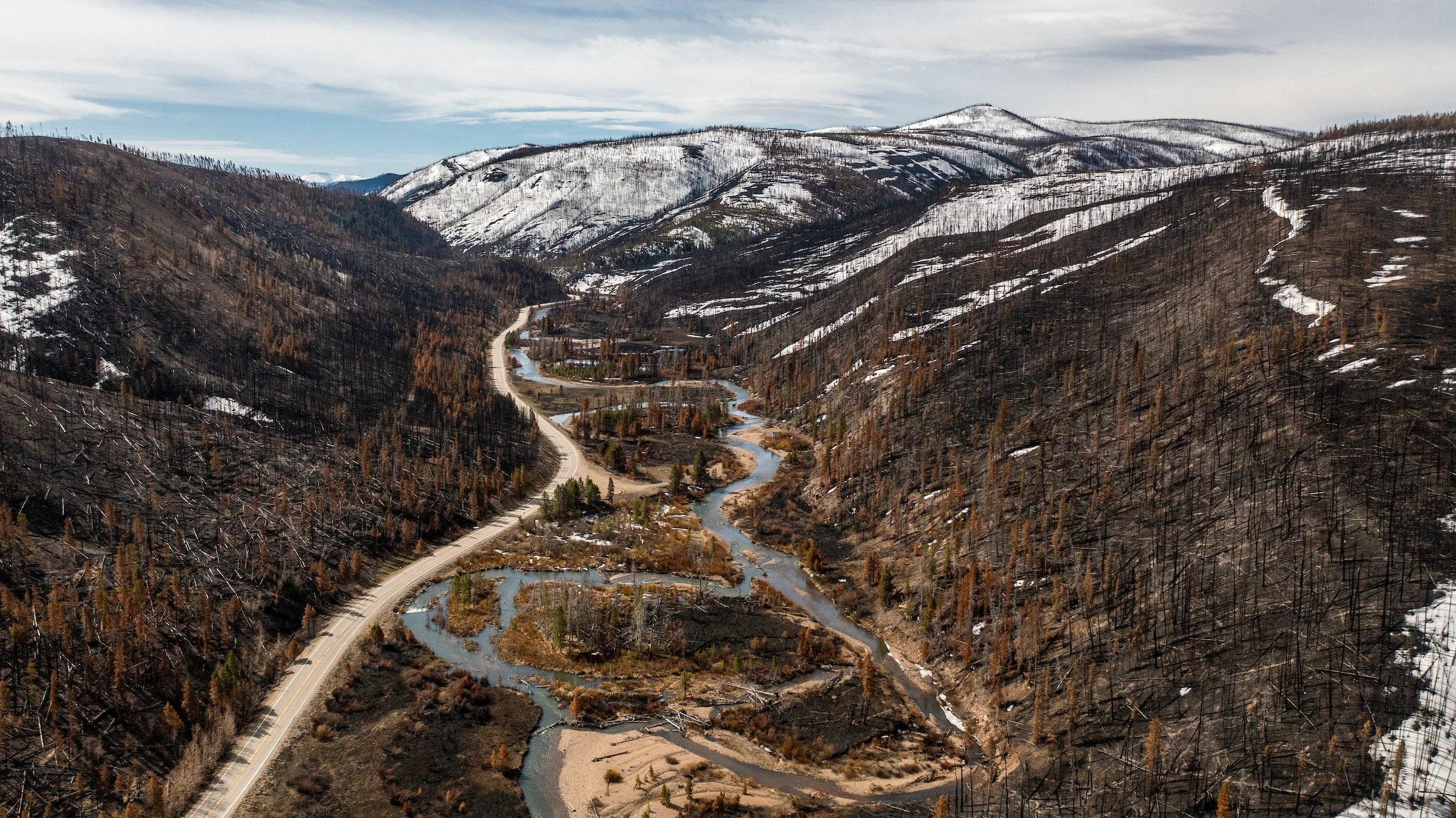"The best part of volunteering for CTU is meeting people who share my passion for keeping our waters clean." Member since 1969
Glen & Jackie Edwards
"CTU helps us protect our beloved Rocky Mountain streams for our grandkids and future generations." Members of the West Denver Chapter
Groups express concern about DOW, state parks merger
David Nickum, executive director of Colorado Trout Unlimited, said the group has "a lot of misgivings" about the merger and the TU board has expressed almost no support for it so far.
"There are very significant institutional, cultural and financial issues a merger would raise," he said.
Most concerning, Nickum said, is the state's plan to move ahead with the merger and work out many of the details later.
Removing protections for Colo.`s rivers and wetlands
Daily Camera
Tim Mauck
"CTU works to keep Colorado's backcountry a special place, preserving a hunting and angling heritage for future generations." TU member and co-founder of the Bull Moose Sportsmen's Alliance
TU hires new Gunnison River basin coordinator
Trout Unlimited’s Colorado Water Project today announced the hiring of Cary Denison as project coordinator for the Gunnison River basin in west-central Colorado. Denison, a native and long-time resident of the Gunnison basin, will be headquartered in Delta. Denison will plan and implement habitat improvement projects on key stream reaches in the Gunnison basin, with the goal of protecting, reconnecting and restoring trout populations. Cary will collaborate with water users, private land owners and agency staff to improve streams and implement cooperative arrangements that benefit both agricultural producers and fish habitat.
Denison will work closely with volunteers in TU’s Grand Valley Anglers, Gunnison Angling Society and Gunnison Gorge Anglers chapters.
Prior to joining TU, Denison headed Colorado Land and Water Specialists, a water resources management firm that planned, designed and constructed stream restoration and irrigation projects in the Gunnison basin. He also has worked for the Colorado Division of Water Resources as a water commissioner in the Gunnison and San Miguel River basins, reviewing water court applications, assisting water users and administering water rights during periods of water shortage.
In his various roles, Cary has worked extensively with private landowners and irrigators to create collaborative and productive relationships.
“Cary brings a wealth of experience to our efforts in the Gunnison basin,” said Drew Peternell, director of TU’s Colorado Water Project, which works to improve stream flows and coldwater fisheries in the state. “He is a problem-solver with a proven track record of managing water resources and water projects. He also has a strong commitment to finding water solutions that benefit both private landowners and fisheries.”
As is true in many areas across Colorado, fish habitat in certain stream segments in the Gunnison basin is fragmented and degraded. Trout Unlimited, a grassroots sportsmen’s conservation organization with 10,000 members in Colorado, is expanding its restoration work in the Gunnison. TU’s goal is to work collaboratively with ranchers and landowners to restore streams and improve flows with irrigation upgrades and other tools.
“This is a natural extension of the restoration work I’ve been doing for years in the Gunnison basin,” said Denison of his new position. “I have a strong connection to these waters. I grew up fishing here, and today I boat and fish the Gunnison with my kids. I’m excited about this opportunity to make a difference for my home waters.”
Playing cutthroat
The Colorado River cutthroat, nearly driven to extinction by ravenous early-day miners and generations that followed, is regaining a foothold in its ancestral home.
The recovery, started in 2002, is being helped along through April at the state Division of Wildlife’s fish hatchery in Durango, where pure-strain Colorado River cutthroat eggs are being fertilized by hand. The resulting hatchlings are raised for release in lakes, rivers and reservoirs.
Water wars: How Denver's lush lawns slurp away the Upper Colorado
Last week, we reported on the anticipated demand for costly water diversion projects by 2050 -- and the conservation strategy proposed in Filling the Gap, a timely report from environmental groups. Unfortunately, most Denver residents won't read the report; most of them don't have a clue where their water comes from. That's the grim conclusion one could reach after viewing Tapped Out, a recent video put out by Trout Unlimited and Boulder-based StoryGroup. The piece starts out with some ignoramus-on-the-street interviews along the Sixteenth Street Mall, in which Denver citizens are asked just that question: "Where does your water come from?"
The most common answer? "The sink."
The purpose of the video is to give the uninitiated a quick education in water diversion and the depletion of the Upper Colorado River basin. It focuses on two of the most pressing threats to the folks in Grand County right now. The Moffat Tunnel already takes sixty percent of the flow of the Fraser River to Front Range users, and now planners are talking about taking half of what's left. Meanwhile, the Windy Gap Reservoir is lowering water levels around Grand Lake itself, altering the ecology of Colorado's largest and deepest natural lake.
And what's it all for? As much as 60 percent of the metro area's water consumption goes to landscaping -- mostly that nice green grass imported from somewhere else. Hence, the argument that conservation and reuse can make a tremendous impact on future water projects; for more on proposed solutions, go here. And check out the video below.
Video available at: http://blogs.westword.com/latestword/2011/03/water_wars_denver_lawns.php
Front Range groups must protect resources
GJ Sentinel Regarding the Feb. 16 article, “Fisheries weigh options for, against diversions”: We appreciate The Daily Sentinel’s coverage of the potential impacts of the additional trans-mountain water diversion projects being proposed by Denver Water and the Northern Colorado Water Conservancy District. The article contains several statements that bear clarification.
First, Denver and Northern are not entitled to build the new projects regardless of their impacts to fish and wildlife resources in western Colorado. The water rights for the projects only establish a place in the water rights priority line. But, to build the projects, the proponents must secure necessary federal, state and local approvals. To win these approvals, Denver and Northern are required to take steps to avoid fish and wildlife impacts.
Second, it is inaccurate to say that Denver and Northern will divert the desired additional increments of water whether the projects are built or not. Think about it for a minute. If Denver and Northern can take the additional water without the projects, why would they spend millions of dollars to permit and build them?
Third, Denver is proposing to spend $5 million to $7 million to mitigate impacts of its project, but these funds will be directed at impacts on South Boulder Creek and the North Fork of the South Platte River. Denver is offering virtually no mitigation for the Fraser and Williams Fork basins — the two basins that will bear the brunt of the impacts of the proposed Moffat project.
Soon, Colorado Division of Wildlife staff will be called upon to advise the Wildlife Commission on measures needed to protect fish and wildlife resources from the impacts of the proposed trans-mountain diversions. We urge the DOW to base its analysis on sound science and to fulfill its responsibility to protect these priceless natural resources.
MELY WHITING, Counsel
Trout Unlimited
Colorado Water Project
Pagosa Springs
http://www.gjsentinel.com/opinion/articles/printed_letters_march_7_2011
Footer Contact Form
[gravityform id=3 name=ContactForm title=false]







